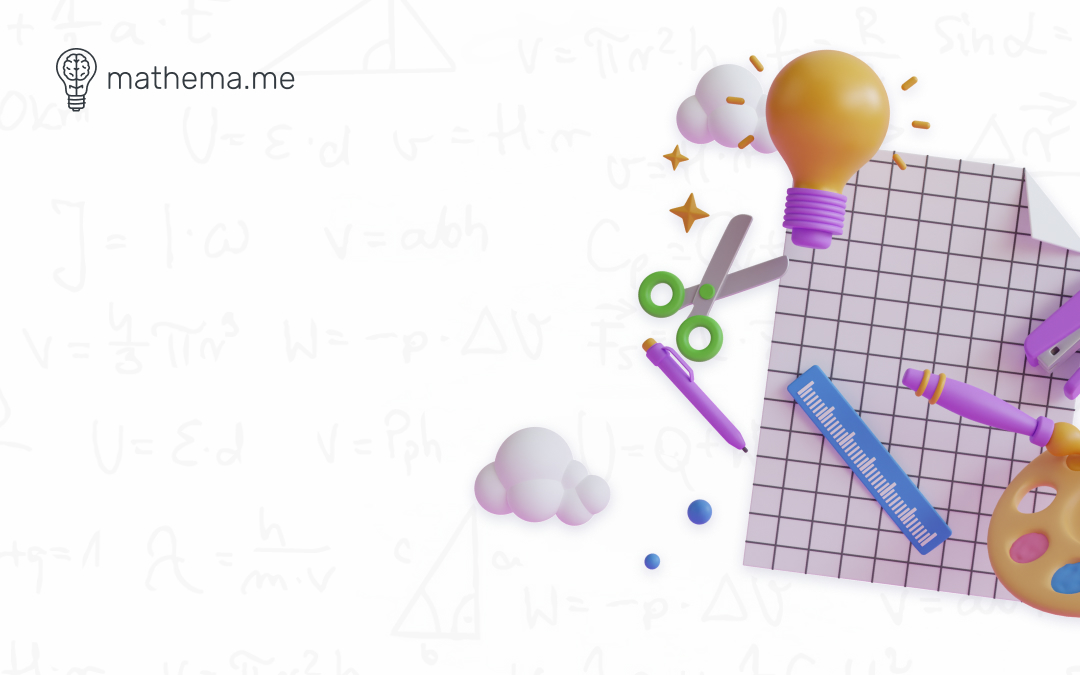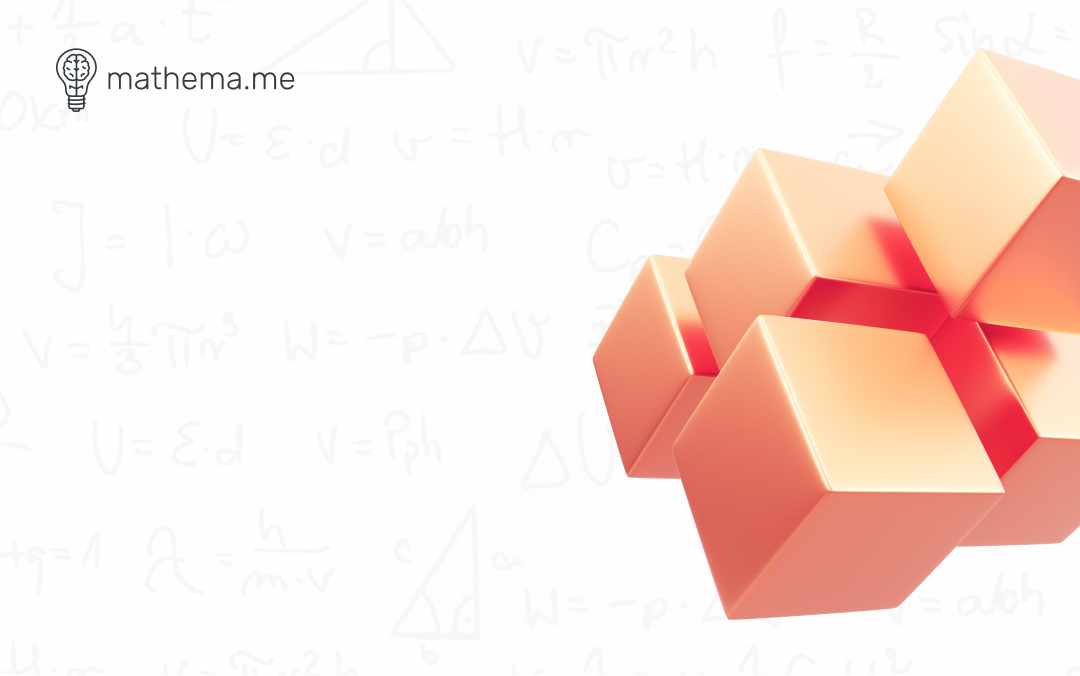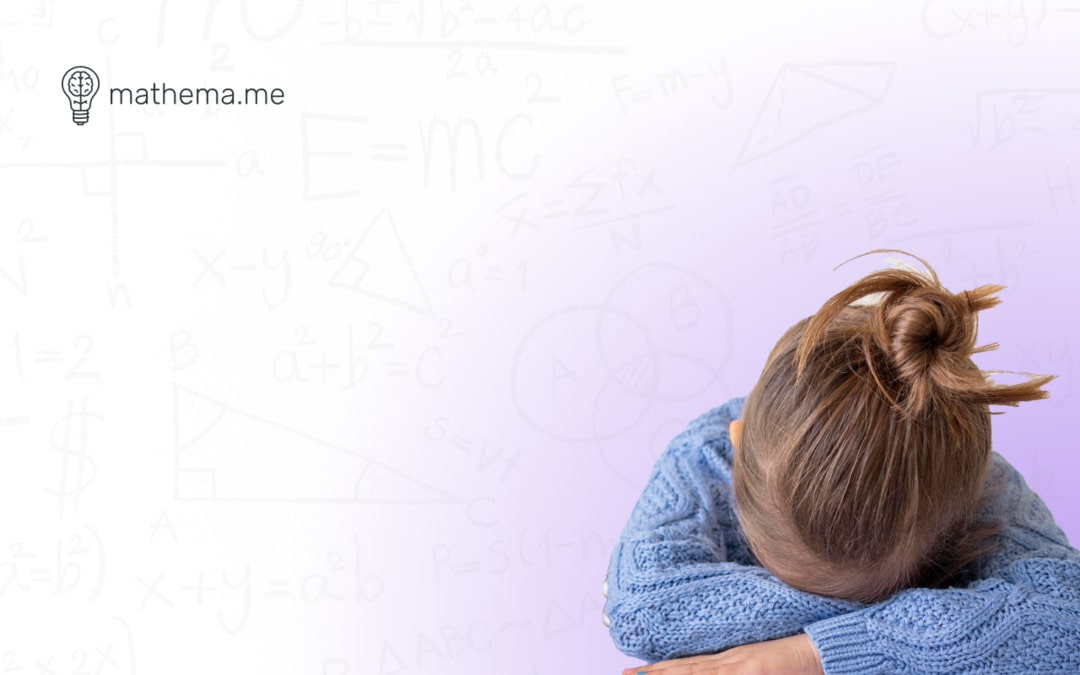- 1 Easy Math Problems for Kindergarteners
- 1.1 1. Count the butterflies in the picture and write the number.
- 1.2 2. If you have 3 red blocks and 2 blue blocks, how many blocks do you have in total?
- 1.3 3. If you have 2 cats and 3 dogs, how many animals do you have in all?
- 1.4 4. How many circles can you find in the picture? (Count the circles and write the number)
- 1.5 5. If you have 4 apples and eat 2, how many apples are left?
- 1.6 6. If there are 5 suns in the sky and 2 go behind the clouds, how many suns are still shining?
- 1.7 7. If you have 6 cookies and share 3 with a friend, how many cookies do you have left?
- 1.8 8. If you have 4 teddy bears and 1 doll, how many toys do you have in total?
- 1.9 9. If you plant 3 flowers in the garden and then plant 2 more, how many flowers have you planted altogether?
- 1.10 10. Fill in the missing numbers: 1, 2, __, 4, __, 6
- 1.11 11. If you have 5 apples and 2 bananas, how many fruits do you have in total?
- 1.12 12. Which number is greater? 3 or 5? Which number is less? 2 or 4?
- 1.13 13. Count the number of cars on the road and write the number.
- 1.14 14. If you have 4 green blocks and 3 yellow blocks, how many blocks do you have in total?
- 1.15 15. If there are 2 cows and 4 chickens in the barn, how many animals are there in total?
- 1.16 16. How many squares can you find in the picture? Count and write the number.
- 1.17 17. If you have 5 pencils and 2 erasers, how many school supplies do you have in total?
- 1.18 18. If there are 6 clouds in the sky and 3 disappear, how many clouds are left?
- 1.19 19. If you have 8 pizza slices and eat 4, how many slices are left?
- 1.20 20. If you have 3 toy cars, 2 dolls, and 1 teddy bear, how many toys do you have in total?
- 1.21 21. If you find 5 ladybugs and 3 butterflies in the garden, how many bugs did you find altogether?
- 1.22 22. Create a pattern using shapes or colors: circle, square, circle, square, __, __ (Continue the pattern)
- 2 Conclusion
- 3 FAQs
Math doesn’t have to be daunting or dull, especially for your little learners in kindergarten! Engaging them with fun math problems not only helps build a strong foundation in numeracy but also builds a love for learning. In this blog, we’ll explore some fun math problems for kindergarteners, designed to make learning enjoyable and memorable.
Easy Math Problems for Kindergarteners
1. Count the butterflies in the picture and write the number.
Answer: _ _
Solution: Count the butterflies in the picture and write the number.
2. If you have 3 red blocks and 2 blue blocks, how many blocks do you have in total?
Answer: _ _
Solution: Add the number of red blocks (3) and blue blocks (2) together: 3 + 2 = 5.
3. If you have 2 cats and 3 dogs, how many animals do you have in all?
Answer: _ _
Solution: Add the number of cats (2) and dogs (3) together: 2 + 3 = 5.
4. How many circles can you find in the picture? (Count the circles and write the number)
Answer: _ _
Solution: Count the circles in the picture and write the number.
5. If you have 4 apples and eat 2, how many apples are left?
Answer: _ _
Solution: Subtract the number of apples eaten (2) from the total number of apples (4): 4 – 2 = 2.
6. If there are 5 suns in the sky and 2 go behind the clouds, how many suns are still shining?
Answer: _ _
Solution: Subtract the number of suns behind the clouds (2) from the total number of suns (5): 5 – 2 = 3.
Answer: _ _
Solution: Subtract the number of cookies shared (3) from the total number of cookies (6): 6 – 3 = 3.
8. If you have 4 teddy bears and 1 doll, how many toys do you have in total?
Answer: _ _
Solution: Add the number of teddy bears (4) and dolls (1) together: 4 + 1 = 5.
9. If you plant 3 flowers in the garden and then plant 2 more, how many flowers have you planted altogether?
Answer: _ _
Solution: Add the number of flowers planted initially (3) and the additional flowers planted (2): 3 + 2 = 5.
10. Fill in the missing numbers: 1, 2, __, 4, __, 6
Answer: _ _
Solution: Fill in the missing numbers: 1, 2, 3, 4, 5, 6.
11. If you have 5 apples and 2 bananas, how many fruits do you have in total?
Answer: _ _
Solution: Add the number of apples (5) and bananas (2) together: 5 + 2 = 7.
12. Which number is greater? 3 or 5? Which number is less? 2 or 4?
Answer: _ Greater: _ Less: _
Solution: 3 is less than 5. 2 is less than 4.
13. Count the number of cars on the road and write the number.
Answer: _ _
Solution: Count the cars in the picture and write the number.
14. If you have 4 green blocks and 3 yellow blocks, how many blocks do you have in total?
Answer: _ _
Solution: Add the number of green blocks (4) and yellow blocks (3) together: 4 + 3 = 7.
15. If there are 2 cows and 4 chickens in the barn, how many animals are there in total?
Answer: _ _
Solution: Add the number of cows (2) and chickens (4) together: 2 + 4 = 6.
16. How many squares can you find in the picture? Count and write the number.
Answer: _ _
Solution: Count the squares in the picture and write the number.
17. If you have 5 pencils and 2 erasers, how many school supplies do you have in total?
Answer: _ _
Solution: Add the number of pencils (5) and erasers (2) together: 5 + 2 = 7.
18. If there are 6 clouds in the sky and 3 disappear, how many clouds are left?
Answer: _ _
Solution: Subtract the number of disappearing clouds (3) from the total number of clouds (6): 6 – 3 = 3.
19. If you have 8 pizza slices and eat 4, how many slices are left?
Answer: _ _
Solution: Subtract the number of eaten pizza slices (4) from the total number of slices (8): 8 – 4 = 4.
20. If you have 3 toy cars, 2 dolls, and 1 teddy bear, how many toys do you have in total?
Answer: _ _
Solution: Add the number of toy cars (3), dolls (2), and teddy bear (1) together: 3 + 2 + 1 = 6.
21. If you find 5 ladybugs and 3 butterflies in the garden, how many bugs did you find altogether?
Answer: _ _
Solution: Add the number of ladybugs (5) and butterflies (3) together: 5 + 3 = 8.
22. Create a pattern using shapes or colors: circle, square, circle, square, __, __ (Continue the pattern)
Conclusion
Kindergarten math problems offer a fantastic opportunity for young minds to engage with numbers and concepts in a playful and enjoyable manner. By incorporating these fun activities into their learning journey, children not only grasp mathematical concepts but also develop critical thinking and problem-solving skills from an early age. So, let’s make math exciting for our little learners and watch them thrive.
Consider Mathema for more fun math resources for your child!
FAQs
1: How can I make math problems more interactive for my kindergartener?
Incorporate visual aids like pictures, toys, or manipulatives to make math problems more hands-on and engaging.
2: My child struggles with math. How can I help them?
Break down math problems into smaller, more manageable steps, and provide plenty of encouragement and support. Patience and practice go a long way!
3: Are math problems the only way to teach math to kindergarteners?
No! Math can be integrated into various everyday activities such as counting toys, sorting objects by shape or size, or even measuring ingredients while baking.



